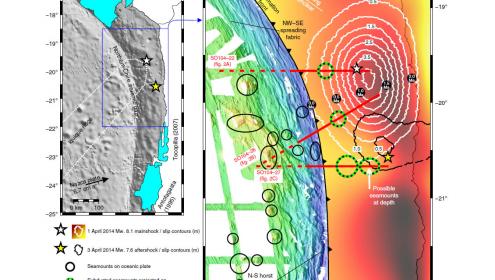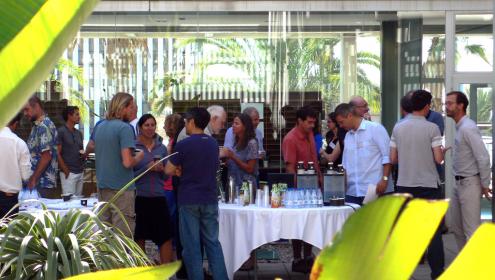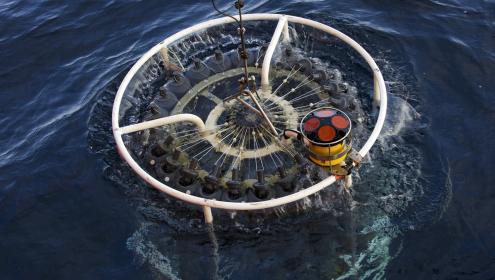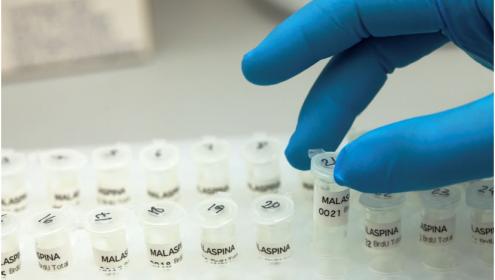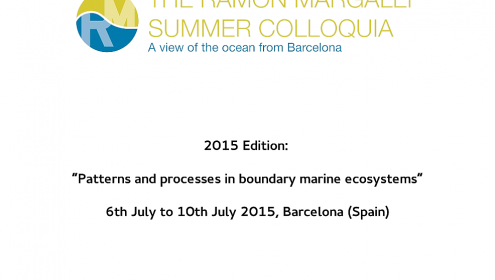LATEST TOPICS
Scientific news
In 1st April 2014, a quake around the northern city of Iquique reached a magnitude of 8.1 and triggered a tsunami. Despite that magnitude, experts were surprised that the quake was not as large and damaging as expected, and that it affected only a limited region.
Last Wednesday, September 23th, the Faculty of Geology of the Universitat de Barcelona (UB) hosted the opening ceremony of the new degree of Marine Sciences, given with the collaboration of the Universitat Politècnica de Catalunya. Albert Palanques, director of ICM, participated at the event, together with Carles Pedrós Alió, researcher at the Department of Marine Biology and Oceanography, who gave the inaugural lecture "The ocean: a microbial ecosystem."
38 scientists from 14 countries around the world met last week in the ICM to discuss issues about research in Antarctica and the Southern Ocean.
Scientists of the Malaspina Expedition have confirmed that in tropical and subtropical oceans most of the nitrogen plankton needs are met by supply from deep water. This process exceeds the biological absorption of atmospheric nitrogen, a phenomenon also important in warm waters. These results, based on samples collected during the circumnavigation of ship Hesperides, have been published in the journal Nature Communications.
The research project called Biosensomics, presented by Silvia G. Acinas, leader of the Ecology and Genomics of Marine Microorganisms research group at the ICM, has received one of the BBVA Foundation Grants for Researchers and Cultural Creators 2015 to study the pollution of ocean waters. For this research, scientists will use deep-water samples of the Malaspina Expedition, collected in 2010 and 2011 from the oceans around the planet.
The third edition of the Ramon Margalef Summer Colloquia is starting today at the facilities of the Institute of Marine Sciences, and it will last until the Friday 10th of July.
